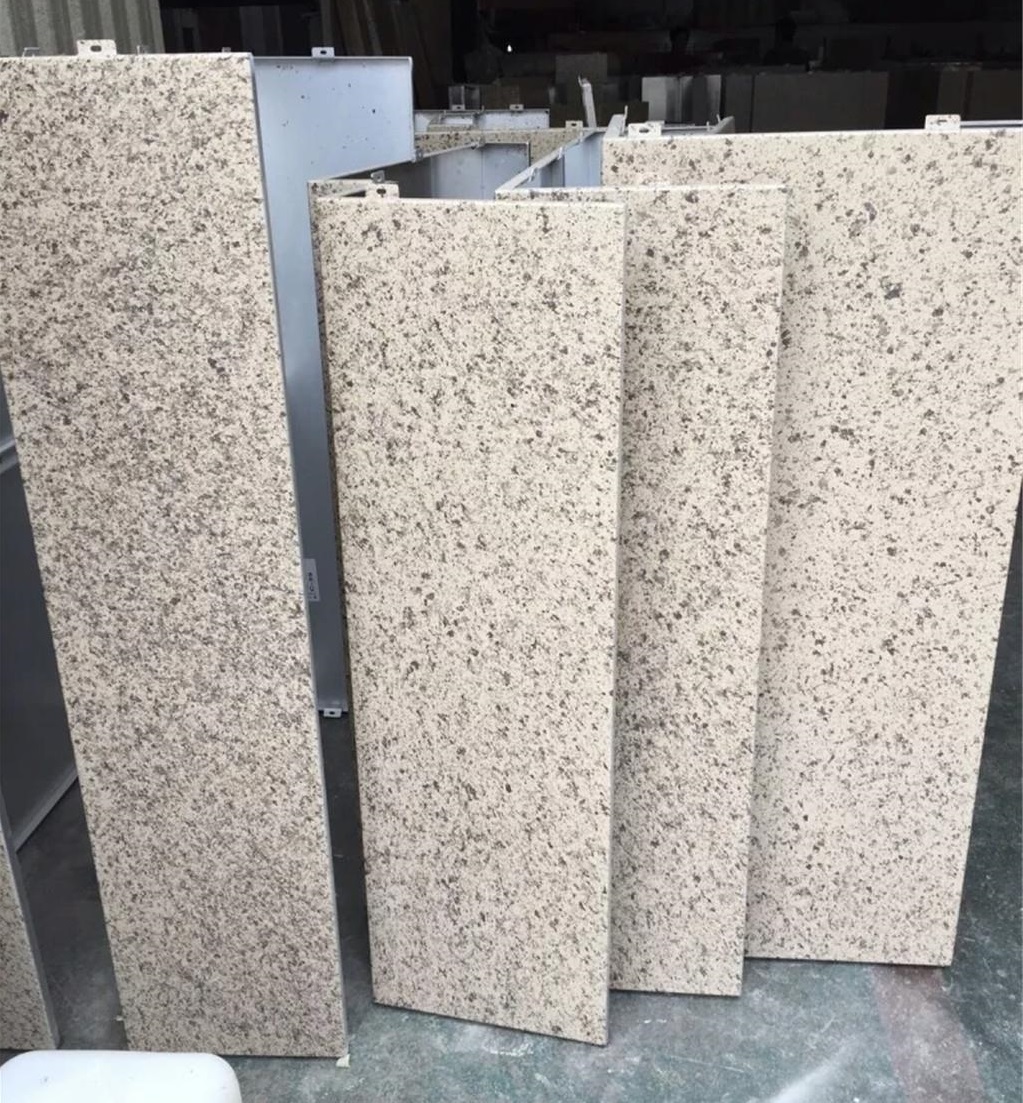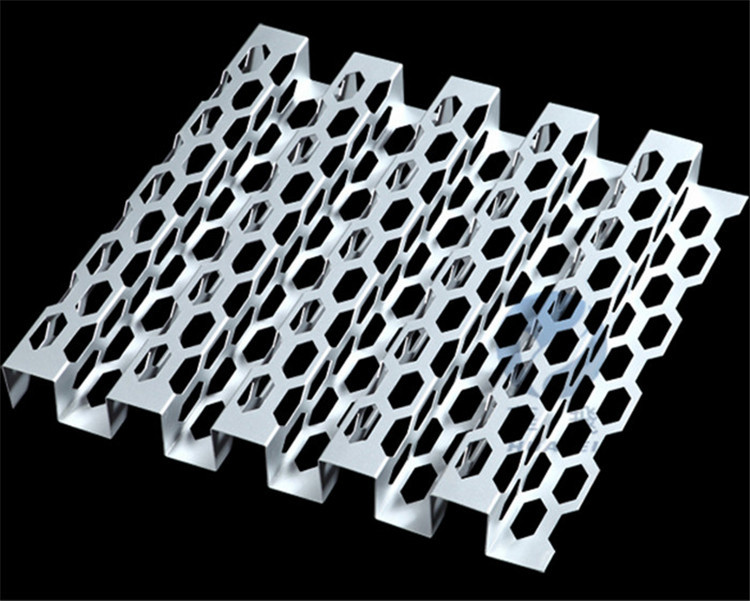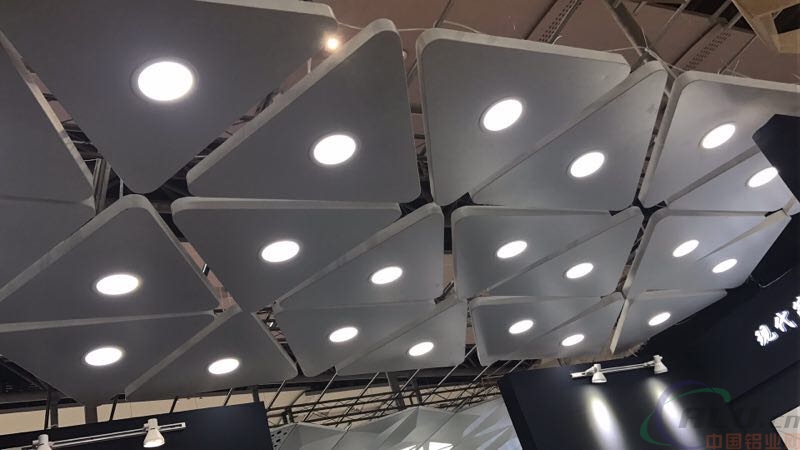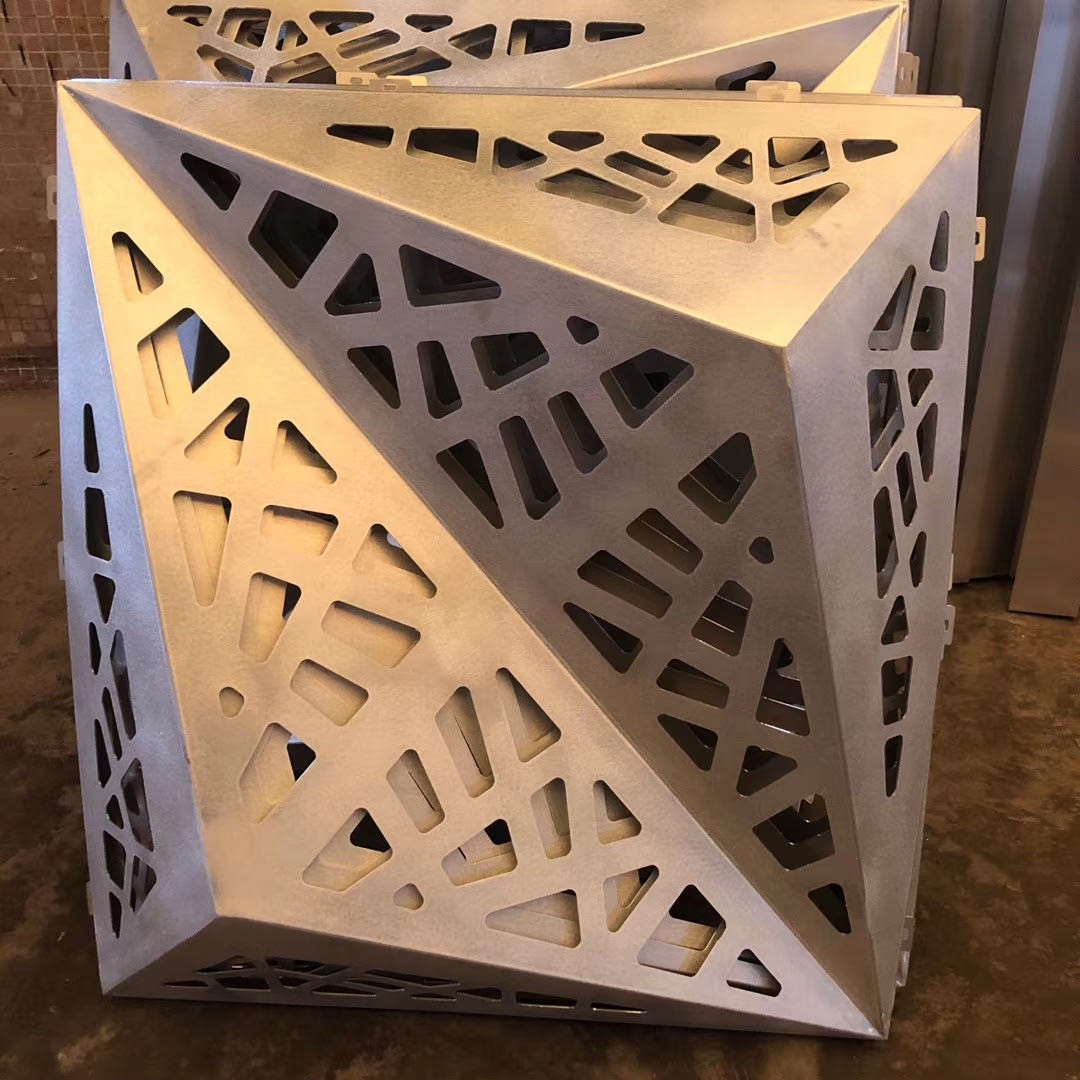Industry information
Company News
- Wood grain aluminum veneer: a harmonious symphony of aluminum and nature
- Wood grain aluminum veneer: natural charm in modern architecture
- Wood grain aluminum veneer: a perfect fusion of nature and modernity
- Aluminum veneer curtain wall: architectural artwork interwoven with light and shadow
- 2. Customized aluminum veneer, personalized design, making your home look brand new! 3. Aluminum veneer customization
Industry dynamics
- The unique charm of wood grain aluminum veneer, a new trend in home decoration
- Customize aluminum veneer to create an exclusive personalized space
- Wood grain aluminum veneer: natural charm in modern architecture
- Aluminum veneer customization: an artistic journey to create personalized spaces
- Aluminum veneer customization, creating a new proposition for personalized space!
Frequently asked questions
- Can the insulation function of aluminum veneer improve the comfort of buildings?
- What are the limitations of the application scope of aluminum veneer?
- Is the surface treatment method of aluminum veneer restricted?
- Does the production of aluminum veneer require certification?
- How does aluminum veneer provide the wind resistance required for modern buildings?
contact us
Mobile:+86 15627778610
Email: 2201229786
Address: No. 5 Binjiang Road, High tech Zone, Zhaoqing City, Guangdong Province
How to choose the appropriate thickness for aluminum veneer?
- Author: Lesilong Technology (Guangdong) Co., Ltd
- Release time: February 21, 2025 01:54:38
- Click:0

Aluminum veneerIt is a lightweight, high-strength building material with excellent corrosion resistance and decorative effect. When choosing the thickness of aluminum veneer, multiple factors need to be considered, including building structure, usage environment, design style, etc. Here are some suggestions on how to choose the appropriate thickness for aluminum veneer:
1. Requirements for building structure: The thickness of aluminum veneer should be determined according to the requirements of the building structure. For high-rise buildings, thicker aluminum veneers are required to enhance their strength and stability; For ordinary residential or commercial buildings, thinner aluminum veneers are sufficient to meet the requirements.
2. Usage environment: The usage environment of aluminum veneer is also an important factor in choosing thickness. For example, if aluminum veneers are to be exposed to sunlight or rainy or snowy weather, thicker aluminum veneers need to be used to improve their corrosion resistance and wind pressure resistance; If the aluminum veneer is to be installed in an indoor environment, a thinner aluminum veneer is sufficient to meet the requirements.
3. Design style: The design style of aluminum veneer is also a factor in choosing thickness. For example, if designers want aluminum veneers to present a simple and modern feel, they can choose thinner aluminum veneers and use surface treatment processes such as anodizing to enhance their decorative effect; If designers want aluminum veneers to present a luxurious and noble feeling, they can choose thicker aluminum veneers and use surface treatment processes such as spraying to enhance their texture.
4. Cost considerations: When choosing the thickness of aluminum veneer, cost factors also need to be considered. Generally speaking, thicker aluminum veneers are more expensive, but their strength and stability are also stronger; Thinner aluminum veneers have lower prices, but their strength and stability may be relatively weak. When choosing thickness, it is necessary to balance the relationship between cost and performance.
Choosing the appropriate thickness of aluminum veneer requires comprehensive consideration of multiple factors, including building structure, usage environment, design style, and cost. It is recommended to consult with professionals before making a choice and conduct thorough research and comparison to ensure that the final selected aluminum veneer meets the needs and requirements of the project.







 Customer service QQ
Customer service QQ